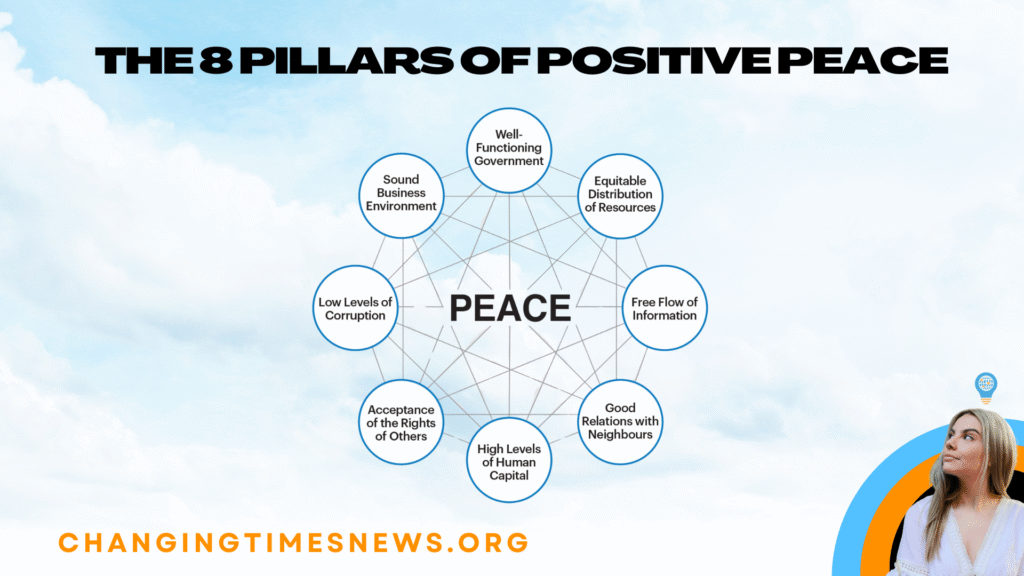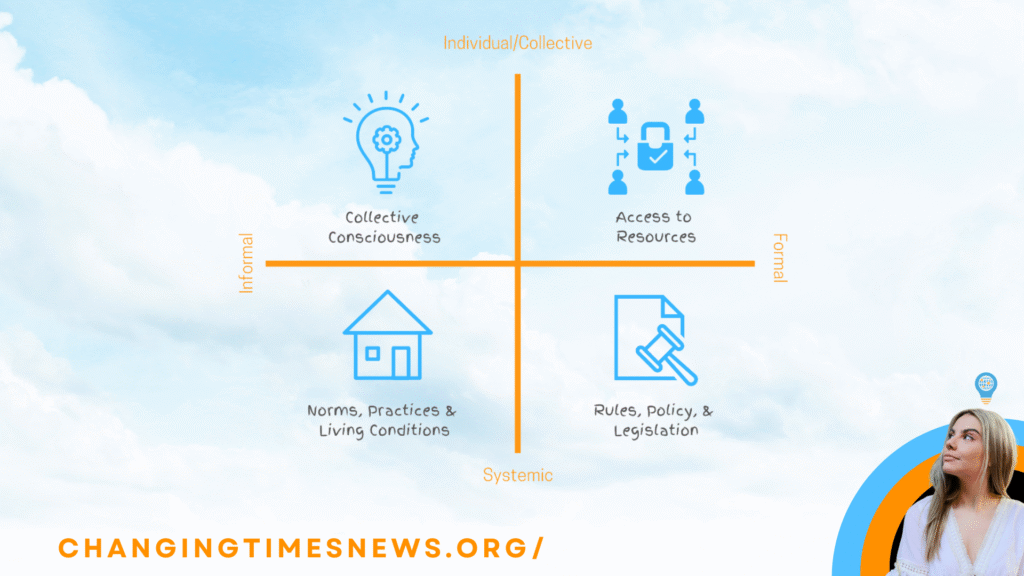When many people think about peace, they picture a world without war. But peace is more than the absence of violence. It is the presence of justice, resilience, and human flourishing. This richer understanding is captured in the concept of Positive Peace, a framework developed and popularized by the Institute for Economics and Peace (IEP).
From Negative Peace to Positive Peace
The term Positive Peace was first introduced by Norwegian sociologist Johan Galtung in 1969. Galtung, a founding figure in peace and conflict studies, made the distinction between negative peace—the absence of direct violence—and positive peace—the presence of social systems, attitudes, and institutions that eliminate the root causes of conflict.
The IEP, a global think tank founded in 2007 by Australian entrepreneur Steve Killelea, expanded on Galtung’s work. They developed data-driven frameworks and reports to empirically measure peace and resilience. Their Global Peace Index ranks 163 nations annually on levels of peacefulness. The Positive Peace Report focuses instead on the structures that sustain peace over time. Other publications include the Global Terrorism Index and the Ecological Threat Report.
The 8 Pillars of Positive Peace
According to the IEP, sustainable peace rests on eight interdependent pillars. Together, they provide a systemic and actionable roadmap for building resilient societies:
- Well-Functioning Government – Transparent, accountable governance that upholds the rule of law and provides effective services.
- Sound Business Environment – Economic stability that encourages innovation, employment, and long-term development.
- Equitable Distribution of Resources – Fair access to essentials such as education, healthcare, and housing to reduce inequality.
- Acceptance of the Rights of Others – Protection of human, political, cultural, and religious rights to foster inclusion.
- Good Relations with Neighbors – Constructive relationships across borders, communities, and groups that reduce the risk of conflict.
- Free Flow of Information – Independent, reliable media and access to diverse perspectives that strengthen accountability.
- High Levels of Human Capital – Investments in education, health, and skills that empower people to contribute to society.
- Low Levels of Corruption – Integrity in institutions that sustains trust and prevents instability.
Each pillar reinforces the others. For example, low corruption strengthens governance, which in turn supports equitable distribution of resources. This interconnectedness is why the IEP emphasizes a systems-based approach to peace.

Why Positive Peace Matters for Change Makers
For activists, educators, social entrepreneurs, and policymakers, Positive Peace provides more than a theory—it offers a practical framework. Grassroots organizers can use it to highlight the structural causes of injustice. Educators can incorporate it into teaching critical thinking and civic responsibility. Policymakers can design more integrated, preventative strategies. And funders can measure systemic impact against these eight dimensions.
The IEP’s research underscores a crucial point: peace is not passive. It must be actively built, supported, and measured. By moving beyond problem-solving and towards envisioning equitable futures, Positive Peace helps change makers of all kinds align their work with a broader framework for long-term stability.
The IEP makes its reports freely available, offering a wealth of data for those working to create more peaceful societies. For practitioners and students alike, the eight pillars serve as a practical map—showing not only where peace is fragile, but where the strongest opportunities for resilience and transformation lie.


